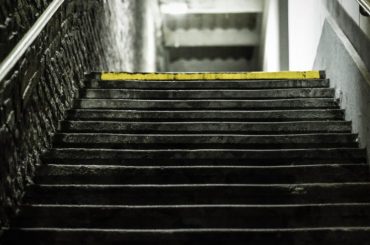Relapse and Triggers
What is Relapse? Lapse describes a short “fall off the wagon,” and relapse describes a longer and perhaps more permanent “fall off the wagon.”. Hendershot et al. describe it this way: “a setback during the behavior changing process” (2011 www.biomedcentral.com/content/pdf/1747-597X-6-17/pdf) . If you re-engage with sugar or sex, codependent behavior or cocaine, tobacco or tranquilizers, this is a relapse and it happened not only because you are an addict, but because your resources against active addiction were not sufficient or in place. There are many reasons for a relapse – in addition to being an addict. The reasons are more correctly defined as precipitating emotional states rather than specific events. Just as trauma is defined as an event that overwhelms the system’s ability to recover from the accident, assault or event, so, too, does relapse occur due to the person’s depleted ability to apply tools and remedies to avoid it. Terence Gorski is the father of relapse prevention and investigation (http://www.tgorski.com/). He has defined and described emotional conditions that could lead to relapse:
- Disruption in daily routine (new home, job, change in family through birth, death, divorce etc.)
- Changes eating or sleeping patterns.
- The condition of “competence fatigue,” which can lead to feelings of helplessness or hopelessness.
- Other precipitating emotional events include: feeling better or worse than others/ comparing, worrying or caring about others to the avoidance of self-care, negative emotions or attitudes leading to resentments, impatience, frustration or feelings of anger overwhelming the capacity to maintain health and resolve. (Read more about relapse issues at SAMHSA.GOV.)
According to Hendershot and colleagues, the number one reason for relapse is decreased “self efficacy” – a reduced sense of competency to enact healthy behaviors in and adverse situation. Statistically this was the number one issue in the path to relapse. The situation overwhelmed the ability for the individual to find the resources (internal and external) to stop the action or behavior. What are Triggers?
- Triggers are inputs that bring about the urge to relapse and / or the strong physical memory of using.
- Triggers can bring about a physical state of disequilibrium that can “rock one’s world” in an all-encompassing negative way and overwhelm the brain’s ability to respond in real time
- Triggers and their strength vary from person to person and length of sobriety. Triggers come via the five senses: sight, smell, sound, touch, as well as emotional landscape, challenges for growth, sense of self worth (both increase and decrease) via media and in relation to anniversaries of any type (from sober clean time to death of a loved one.)
This information may make an addict’s life seem like a minefield. Indeed it is! For a person with food restrictions; a day with emotional challenges that ends in a business dinner where the food is plentiful and pressed upon you can be a form of torture. What is generosity and abundance becomes a place of horror where self control and coping tools may not be enough. Someone who is becoming more modest in sexual relationships who is surrounded by messages about informal sex, provocative ads and a general sexualizing of all relationships has to have strong resources in order to stay vigilant and on their on healthy path. Public input make modesty more difficult and feelings of “being different” may lead to negative self-talk. If community and practice with self-care tools are not available, a relapse may occur.
See part 1 here







